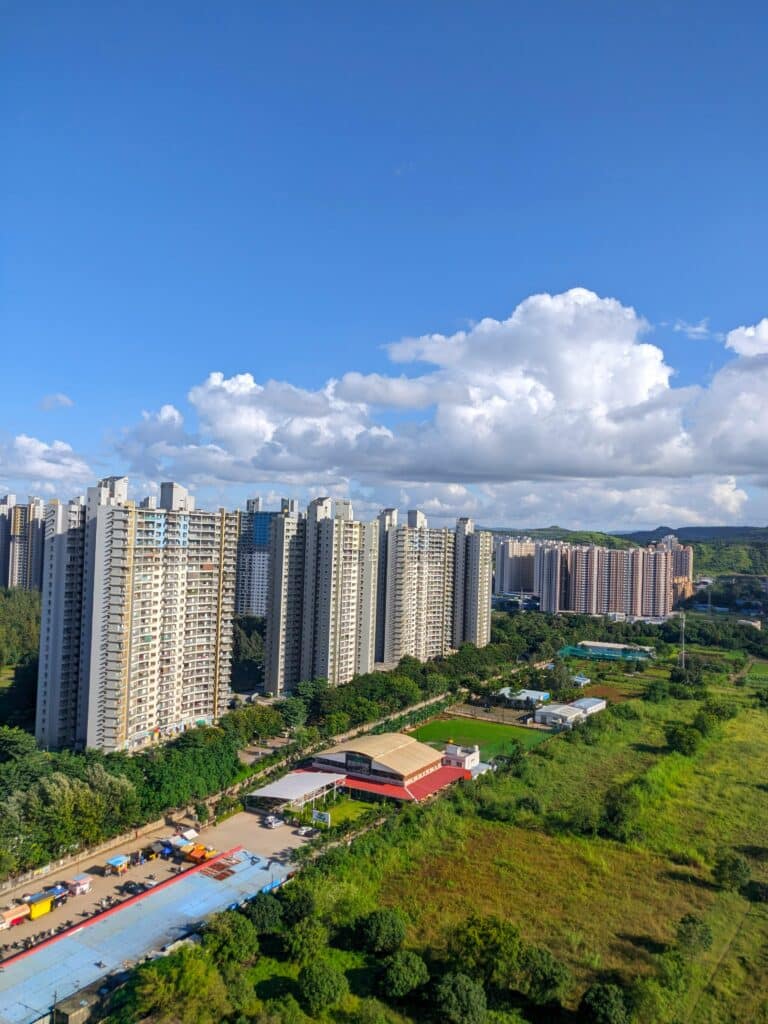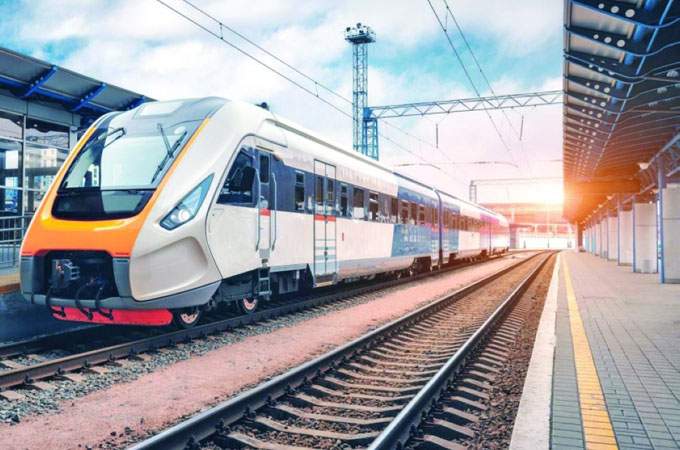New Museum Expansion: A Step Towards the Future of Contemporary Arts
The New Museum is set to unveil a 60,000-square-foot expansion. This reflects its commitment to broadening its influence as a platform for modern arts and innovative ideas. Designed in collaboration with OMA (Office for Metropolitan Architecture) and Cooper Robertson, this project marks a major step in shaping the city’s cultural landscape. The expansion’s grand opening will coincide with the exhibition “New Humans: Memories of the Future,” which explores the connection between the past and future through artistic expression. NYC’s The New Museum announces an OMA-designed extension that aims to redefine the cultural experience.
The Museum’s Evolution Over the Decades
Since its initial opening in 1977 on Hudson Street, the New Museum has undergone significant transformations. It moved to its current location and established itself as one of New York’s leading contemporary art centres. NYC’s The New Museum announces an OMA-designed extension. This represents OMA’s first public architectural project in the city, designed by Rem Koolhaas and Shohei Shigematsu. It integrates seamlessly with the existing museum structure while maintaining a distinctive identity.
The Expansion’s Role in Cultural Development
More than a physical enlargement, NYC’s The New Museum announces an OMA-designed extension. It redefines the museum’s role within the artistic community, aiming to:
• Increase exhibition space to accommodate a wider range of artistic experiences.
• Enhance visitor experience through an architectural design that promotes interaction and fluidity.
• Provide new spaces for artists to foster creativity and innovation.
🔗 Read also:
The Museum as a Dynamic Space
According to the museum’s leadership, this expansion is not just a structural addition but a strategic move. It aims to reinforce its role as a vital cultural resource for New Yorkers and the global art scene. Could NYC’s The New Museum announces an OMA-designed extension serve as a model for the future of museums? It aims to transform them into interactive spaces rather than mere exhibition venues.
New Museum Expansion: Between Present and Future
The New Museum of New York stands as a model for a cultural institution that does not merely document history but actively shapes and redefines it. In this context, the upcoming expansion aims to redefine the role of museums in the modern era. It integrates seamlessly with the existing building—designed by SANAA—while introducing architectural elements that add new dimensions to the visitor experience.
How Does the Expansion Reshape the Museum’s Role?
- Increased exhibition space, allowing for a more diverse and enriched display of artworks.
- Improved visitor flow, facilitated by architectural designs that enhance movement and accessibility within the building.
- Dedicated spaces for artist residencies and public programs, fostering interaction between creators and audiences.
A New Architectural Perspective
Shohei Shigematsu emphasizes that the new design will visually and structurally complement the existing museum. At the same time, it will maintain its own distinct identity through a balance of verticality and solidity.
From a functional standpoint, NYC’s The New Museum announces an OMA-designed extension that will introduce:
- Expansive horizontal galleries, providing greater flexibility in exhibition curation.
- Open vertical pathways, encouraging dynamic interaction across the museum’s floors.
- Designated spaces for cultural exchange and gatherings, making the museum a more dynamic hub.
- An outdoor plaza, terraces, and open-air auditoriums, offering interactive indoor and outdoor experiences.
Does This Expansion Represent the Future of Museums?
The New Museum’s expansion is not just a physical enlargement but an effort to redefine museums as spaces for engagement and experience rather than mere exhibition venues. Could this approach serve as a global model for the evolution of cultural institutions?


“New Humans”: An Exhibition Bridging the Past and Present
The inaugural exhibition “New Humans: Memories of the Future” at the New Museum reflects diverse perspectives on contemporary issues facing humanity. It features over 150 artistic, literary, and cultural works.
How Does Art Reinterpret Human Fears?
According to the museum’s artistic director, Massimiliano Gioni, the exhibition explores the idea that modern anxieties are not new but rather an extension of what humanity has experienced throughout history. This concept reinforces art’s role as a catalyst for critical thinking. It goes beyond visual expression to analyse the social, political, and technological issues shaping our future.
The Museum as a Creative Space
Architect Shohei Shigematsu views the museum not merely as a place for displaying art but as an incubator for new ideas and a platform for cultural interaction. This perspective aligns with the evolving role of art institutions. They are no longer confined to preservation and exhibition but have transformed into laboratories for creativity and intellectual discourse.
Can Art Be a Tool for Understanding the Future?
By presenting artworks that explore human fears and expectations of the future, “New Humans” sparks a global dialogue on art’s influence in shaping collective awareness. Can art truly serve as a mirror of society and a means of anticipating what lies ahead?






